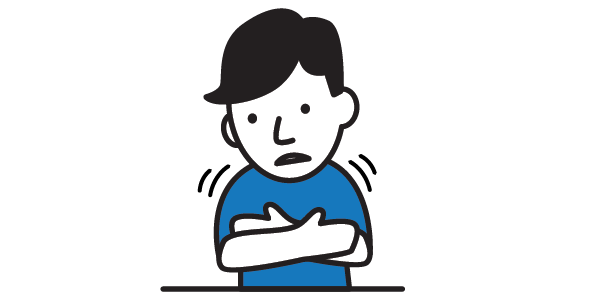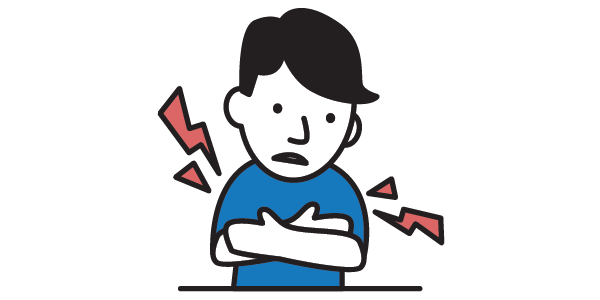Common Questions About COVID-19
Where can I learn more about COVID-19 vaccines?
How do I get a COVID-19 test?
You can get evaluated for a test at select Rochester Regional Health Urgent Care locations. Our Urgent Care locations accept walk-in evaluations and will test if deemed necessary by an on-site healthcare provider based on the testing criteria.
What are the symptoms of COVID-19?
COVID-19 symptoms may appear in as few as two days or as long as 14 days after exposure to the virus. The virus may cause respiratory symptoms such as coughing, high fever, breathing problems, shortness of breath, chills, muscle pain, sore throat, fatigue, & extreme exhaustion. There are other symptoms less commonly associated with COVID-19, such as headache, loss of taste and smell, diarrhea, nausea, and vomiting.
How do I stay protected against COVID-19?
Stay protected against COVID-19 by getting vaccinated as soon as it is available to you. If you are not yet vaccinated, continue to:
- washing your hands regularly with soap and water or an alcohol-based hand sanitizer for 20 seconds
- maintain physical distancing of six feet between other people and avoid crowds
- wear a mask to cover your mouth and nose whenever in public, especially when unable to maintain six feet physical distance from others
How does the virus spread?
The virus spreads from person to person by droplets in the air when an infected person coughs, sneezes or talks. These droplets can land in the mouths or noses of people who are nearby or be inhaled into the lungs. The virus more likely spreads when people are within about 6 feet of each other.
Should I wear a mask?
Vaccinated individuals no longer need to wear masks in most public settings. All individuals will be asked to continue to wear masks in New York State at large-scale event venues, pre-K to 12 schools, public transit, homeless shelters, correctional facilities, nursing homes and healthcare settings
What’s the difference between coronavirus and the flu?
The new coronavirus and influenza (flu) are both contagious viruses that cause respiratory illnesses, and both diseases are spread worldwide. Both can cause a fever, cough, body aches, fatigue and sometimes vomiting and diarrhea, and both can result in pneumonia. But there are many differences, like transmission, medication, and treatment options.
Can I still go to the doctor for routine care?
Rochester Regional Health is providing the same safe, high-quality care at all hospitals and healthcare locations.
Learn more about how we’re delivering safe care nowI’m pregnant or have a newborn. Should I be worried?
According to the CDC, a new study suggests that pregnant women with COVID-19 are more likely to be hospitalized and are at increased risk for intensive care unit (ICU) admission and receipt of mechanical ventilation than nonpregnant women. Risk of death is similar for both groups.
Can I travel?
The CDC currently recommends waiting to travel until you are fully vaccinated (2 weeks after your final dose). For those who are not yet fully vaccinated or children under the age of 12, the CDC recommends delaying travel to reduce the risk of getting or spreading COVID-19.
If you plan to travel, and are not fully vaccinated, make sure to:
- Wear a mask over your nose and mouth
- Stay 6 feet away from others and avoid crowds
- Wash your hands often or use hand sanitizer
Flu, Cold & COVID-19: What’s The Difference?
All three of these illnesses caused by respiratory viruses share similar symptoms such as stuffy nose, sore throat, and fatigue. It’s not uncommon to mistake one for the others. But getting a COVID-19 test as a precaution is always a safe first step to take.
(100-102 F)can last 3-4 days





